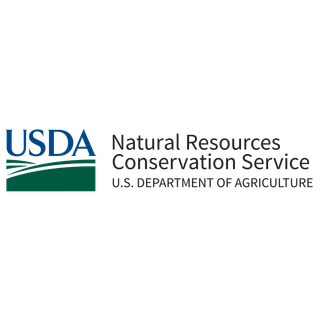One statistic encapsulates Tom and Mimi Sidwell’s conservation success: It used to take 58 acres of grass to annually feed a cow at JX Ranch, but now takes just 27 acres. It’s the result of a willingness to manage land differently with rotational grazing practices.
Over the course of 20 years, the Sidwells transformed an arid landscape at JX Ranch that was over-grazed and over-run by invasive species. They first bulldozed mesquite trees and juniper shrubs, and later installed fencing and water distribution to create 30 pastures.
When cattle only graze a pasture for three to five days, the grass is then given more time to recover between each grazing. Rather than reseeding their pastures, natural grasses began regrowing on once bare soils. More ground cover led to better water infiltration, less erosion, and improved soil health and forage production.
Rotational grazing created a resilient ecosystem that is better able to retain moisture and mitigate drought in a region that typically receives less than 16 inches of annual rainfall. More living plants on the ground pull more carbon from the atmosphere and stores three to four tons of carbon per acre.
Although the Sidwells graze their cattle year-round, the forage assessments they conduct each fall allow them to rate each pasture’s production and estimate the next year’s stocking rates.
The ability to graze far-flung corners of JX Ranch’s 7,000 acres is made possible by a series of six wells that pump drinking water for cattle. Solar pumps move water through 10 miles of pipeline, and storage tanks can hold about 100,000 gallons of water. Water evaporation is prevented by covering storage tanks and placing black plastic shade balls in drinking tanks.
Improved forage and water resources for cattle also provide unmeasured benefits for wildlife including quail, turkey, antelope, and elk.
JX Ranch in Quay County sits between 4,300 to 5,000 feet in elevation. The Caprock escarpment found in eastern New Mexico features rolling terrain and steep canyons. The Sidwells chose a breed of cattle to fit these rugged conditions. They breed Angus with Spanish Creole cattle known for being tough and healthy, but smaller in stature.
A guest ranching enterprise and direct marketing their beef to customers provide buffers against sometimes volatile beef prices. This allows the Sidwells to maximize income earned from the ranch so they don’t have to raise more cattle to the detriment of the land.
Tom Sidwell grew up on a small ranch and began ranching on his own elsewhere in New Mexico and Nebraska, before buying JX Ranch. He’s dedicated his life to improving the health of the land and has served in numerous civic and governmental roles. JX Ranch often hosts research trials and tours, and Tom regularly shares his knowledge and experience with other ranchers.
Tom is willing to share them with others to show how conservation leads to improved profitability. If financial statements and stocking rates don’t convince you, satellite imagery shows JX Ranch’s healthy land conditions in dramatic contrast to neighboring landscapes.





